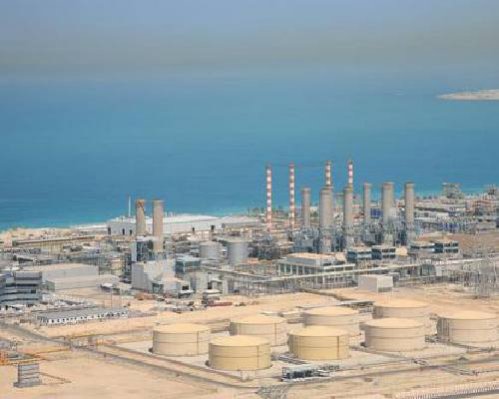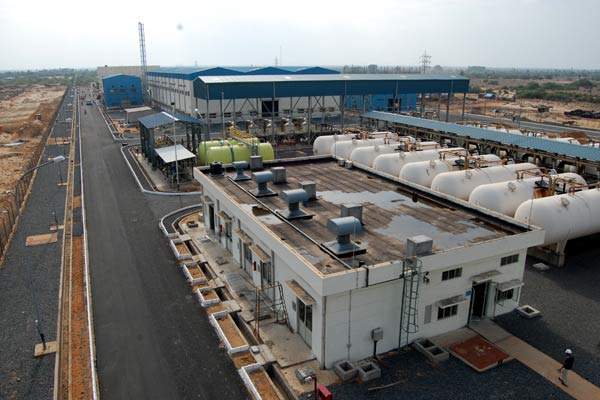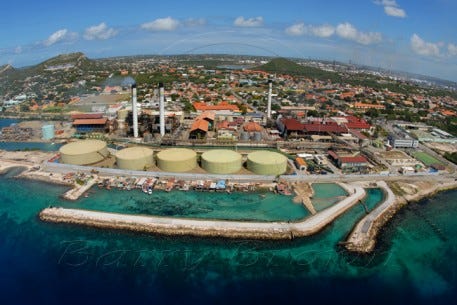Desalination, the process of removing salt and minerals from seawater, is an important technology that is being increasingly utilized around the world to provide fresh drinking water to communities facing water scarcity.
One of the main reasons for the importance of desalination is the fact that freshwater resources are becoming increasingly scarce due to population growth, urbanization, and climate change. According to the United Nations, about two-thirds of the global population, or roughly 4.2 billion people, currently live with severe water scarcity for at least one month per year. This number is expected to rise in the coming decades as the global population continues to grow and climate change exacerbates water shortages in many regions.
Desalination offers a potential solution to this problem by providing a reliable source of fresh water in areas where other options, such as surface water or groundwater, are limited or contaminated. For example, coastal communities that rely on desalination plants can access an abundant and virtually limitless source of water in the ocean, which can help to alleviate water shortages during times of drought or other natural disasters.
In addition to addressing water scarcity, desalination also has the potential to improve public health by providing a clean and safe source of drinking water. In many developing countries, access to clean water is a major concern due to the lack of infrastructure and treatment facilities. Desalination plants can provide a reliable source of water that is free from contaminants, bacteria, and other impurities, which can help to reduce the incidence of waterborne diseases.
Another important benefit of desalination is that it can help to reduce the reliance on fossil fuels. In many parts of the world, fresh water is often obtained by pumping it from underground aquifers or by transporting it over long distances, which requires significant amounts of energy. Desalination plants, on the other hand, can use renewable energy sources such as solar or wind power to operate, which can help to reduce the carbon footprint of the water production process.
Despite these benefits, there are also some challenges and limitations to the use of desalination as a solution to water scarcity. One of the main challenges is the cost of building and operating desalination plants, which can be expensive compared to other sources of water. In addition, the process of desalination can be energy-intensive, which can contribute to greenhouse gas emissions and other environmental impacts.
Despite these challenges, the importance of desalination as a technology for addressing water scarcity and improving public health cannot be overstated. As the global population continues to grow and the impacts of climate change become more apparent, the need for innovative solutions to water shortages will only increase. Desalination offers a promising and viable option for providing a reliable source of fresh water to communities around the world.








